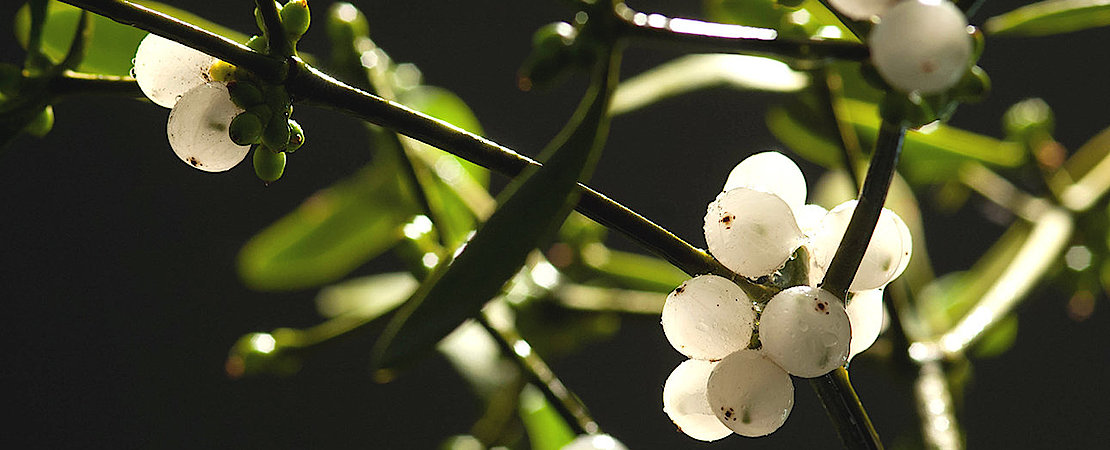Mistletoe therapy in clinical studies
Clinical study results according to tumour entities
Considering the quality of the individual studies, their strengths and weaknesses, it is best shown that mistletoe therapy improves quality of life and tolerability of conventional oncological treatment methods (chemo-, radiotherapy, hormonal therapy, antibody therapy, surgery).
With regard to survival time, a prospective randomised study on advanced pancreatic cancer showed a highly significant prolongation of survival time under mistletoe therapy [127]. Other studies on survival also point in this direction.
It is also documented that the injection of mistletoe extracts can induce tumour remissions. This is consistent with preclinical research on cytotoxicity and its application in animal models [128].
Reports from doctors with many years of experience in mistletoe therapy indicate that its effectiveness can still be improved by individualizing the therapy regimen. This applies in particular to the specific selection and adjustment of dosage, preparation, host tree, application site and rhythm, and the addition of further interventions [80].
Currently 160 studies have been conducted on the anthroposophical mistletoe preparations abnobaVISCUM, Helixor, Iscador and Iscucin (status March 2023):
- 34 prospective randomised controlled clinical trials (RCTs)
- 20 prospective non-randomised comparative studies
- 54 retrospective comparative studies
- 52 non-comparative cohort studies or small case series.
As a result, 155 of 160 studies (= 97 percent) show an advantage for mistletoe therapy. It...
- ... improves quality of life and subjective general well-being by increasing appetite, weight gain, normalization of sleep, sensation of warmth and performance as well as by improving mood and taking initiative [25, 41, 42, 44, 45, 47, 75, 81, 111, 129, 130]
- … increases the efficacy of conventional tumour therapies [54, 64, 65, 66, 67, 100, 131]
- ... reduces the side effects of conventional tumour therapies and is therefore associated with a better compliance [25, 41, 42, 44, 45, 46, 47, 48, 67, 132]
- … reduces disease- or therapy-related symptoms such as nausea, vomiting, diarrhoea and immunodepression [41, 42, 44, 45, 47, 81]
- … improves the tumour-related fatigue syndrome [41, 42, 44, 45, 47, 81, 82, 103, 133]
- … reduces tumour-related pain [44, 47, 81]
- … reduces the duration of hospitalization [42, 45]
- ... stimulates tumour-directed immune response and non-specific immune reactions [134, 135, 136, 137]
- ... can inhibit the growth of malignant cells and thus prevent tumour recurrence and metastases [42, 119, 138, 139, 140, 141]
- ... may possibly extend the survival time [41, 42, 45, 100, 101, 111, 138, 142, 143, 144]
In the selection of studies discussed here, we have limited the studies published since 2004 and those with the highest clinical relevance.
Clinical study results according to tumour entities
Clinical study results according to tumour entities:
- Breast cancer
- Ovarian cancer
- Corpus uteri cancer
- Cervical cancer
- Gastric cancer
- Colorectal cancer
- Hepatocellular cancer
- Pancreatic cancer
- Lung cancer
- Bladder cancer
- Malignant melanoma
- Osteosarcoma
- Haematological neoplasias
